Prepayment systems have evolved over the years. From coin meters to colour-screen in-home displays (IHD), digital solutions have been the latest advancement. This video explains the transformation of prepayment systems within the heat network industry, starting from the ‘70s all the way through to today.
A timeline of prepayment systems
| Prepayment meter type | Time | Payment method | Benefits | Limitations | Rating | |
|---|---|---|---|---|---|---|
| Coin slot | 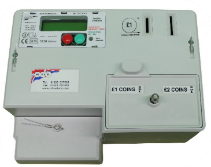 | 1970s | Slot coins directly into meter | Pay from the comfort of home. Introduction of easier debt management for heat suppliers. | Only accepts cash. Resident needs to be at home to top-up. Lacking visibility of balance & consumption. | ⭐ |
| Key fob or card slot | 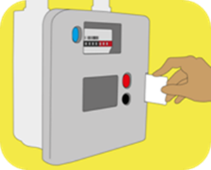 | 1990s | Top-up key fob/card physically in shop with cash or card | Easier to top-up larger amounts | Resident needs to be at home to top-up. Limited to opening hours of local shop. Lacking visibility of balance & historic consumption. | ⭐ |
| Analogue in-home display | 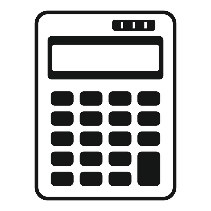 | 2000s | In shop with cash or card Over the phone during opening hours | View current balance. Easier to top-up larger amounts. | Resident needs to be at home to top-up. Limited to opening hours of phone operator. Online payment methods rarely available. Can take 3+ days for payments to be processed. Lacking visibility of historic consumption. | ⭐⭐⭐ |
| Colour-screen in-home display | 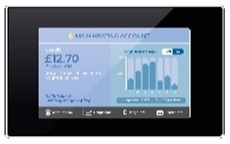 | 2010s | Online Auto top-ups In shop with cash or card | Digital payment methods available. View current balance & historic consumption. | Resident needs to be at home to top-up. No means to directly top-up from the display. | ⭐⭐⭐⭐ |
| Digital web-app | 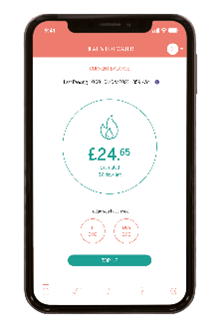 | 2020s | Online Auto top-ups In shop with cash or card | Resident can top-up on the go. Digital payment methods available. View real-time current balance & historic consumption. Email balance notifications. Ability to top-up directly via the app. | ⭐⭐⭐⭐⭐ |
Why prepayment is no longer the expensive end of the stick
By swapping a physical in-home display for a digital one, KURVE gives people easier access to their account, with 85% of live customers accessing their energy accounts from their mobile phones. This has also meant that they interact more with their accounts, resulting in up to 28% less energy consumption than those on credit billing.
Moving to a digital solution, customers no longer need to go to the shop to top-up their accounts but can still do so if they wish. On top of over the counter (OTC) payment methods, residents can make a payment online, set up automatic top-ups – akin to a Direct Debit – and pay over the phone using our interactive voice response (IVR) service. By providing a digital solution alongside the usual payment methods, 96% of KURVE residents still choose to top-up online.
A digitalised system also allows for a better customer service. For example, KURVE sends out automatic email notifications to residents when their accounts are running low on credit. This makes it easier for customer to manage their accounts. KURVE also offers a new billing method called credit-as-you-go, a combination of credit billing and pay-as-you-go (PAYG) where the cut-off limit is set below £0, such as £100. This allows customers greater freedom to pay in arrears whilst the heat supplier still has a set and managed debt risk level.
Choosing KURVE over a traditional prepayment system will save money, reducing capital expenditure by 51%, operational expenditure by 20%, and replacement expenditure by 97% all of which the customer benefits from too.
By looking back at the prepayment systems of the past, we can capture the benefits of each – such as the visibility of people’s balance and multiple payment methods – and combine them with modern-day technology to create a system that works for people’s lifestyles today.


